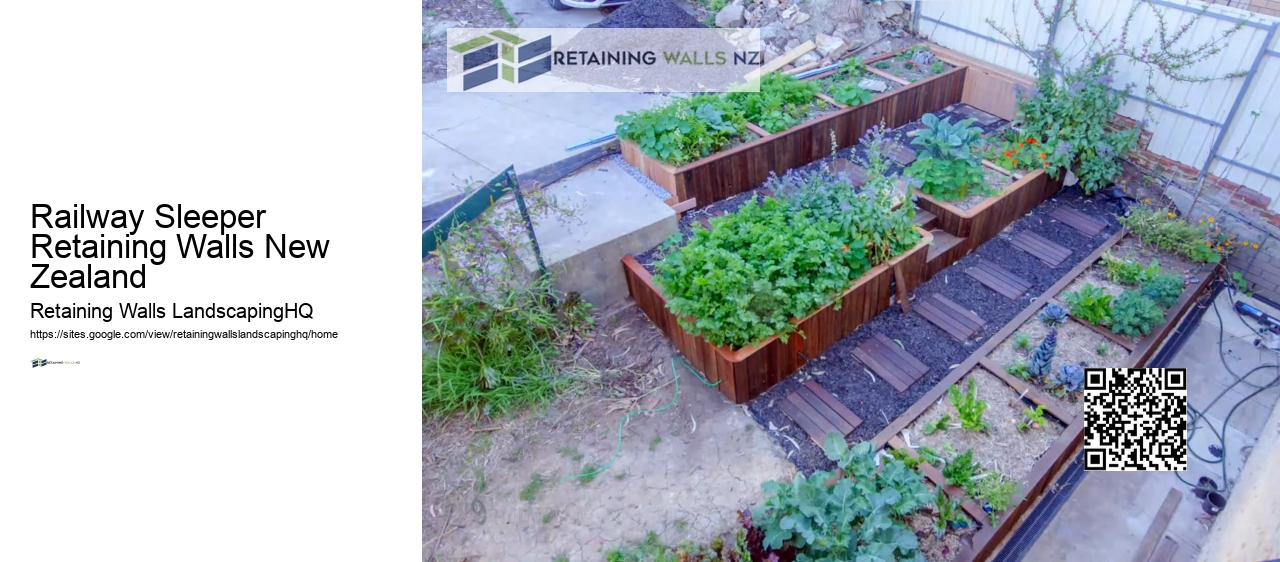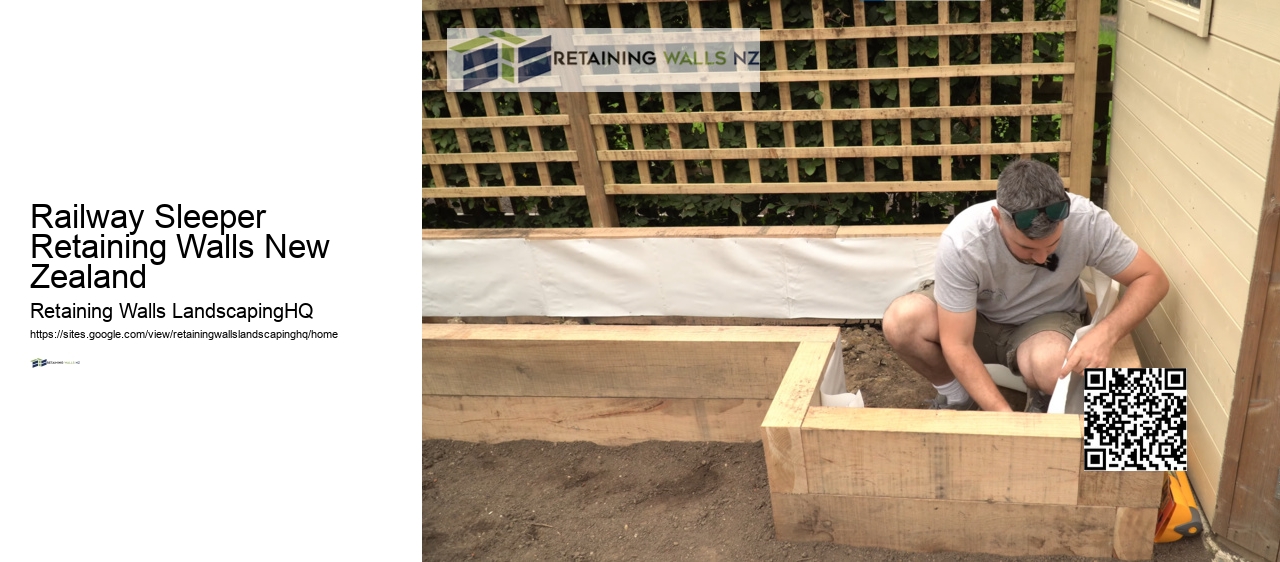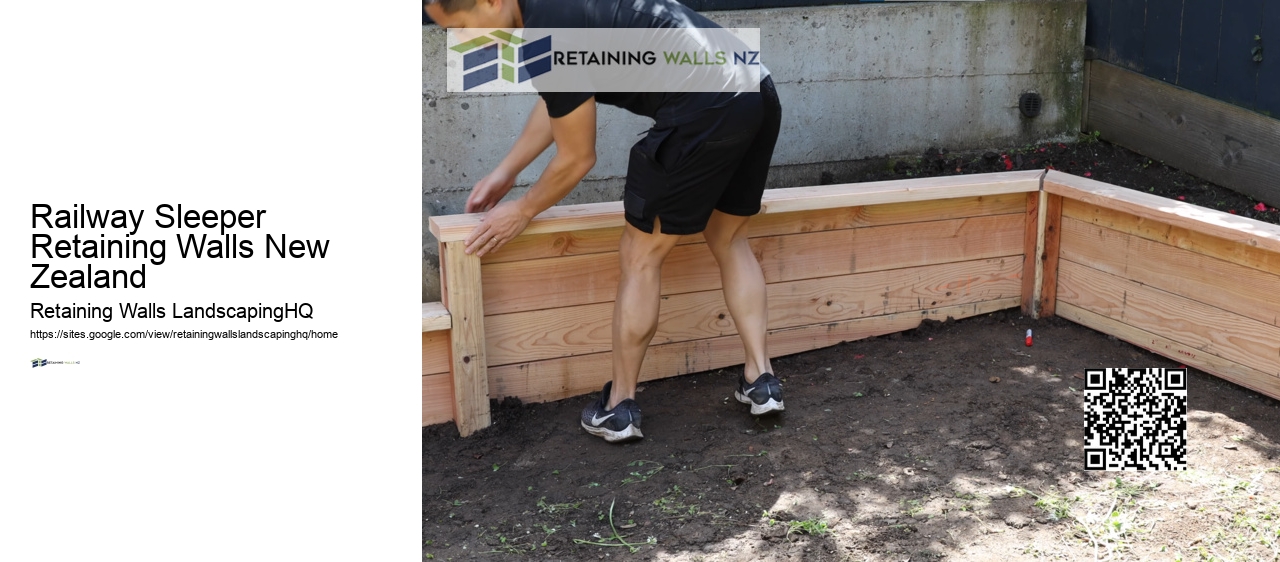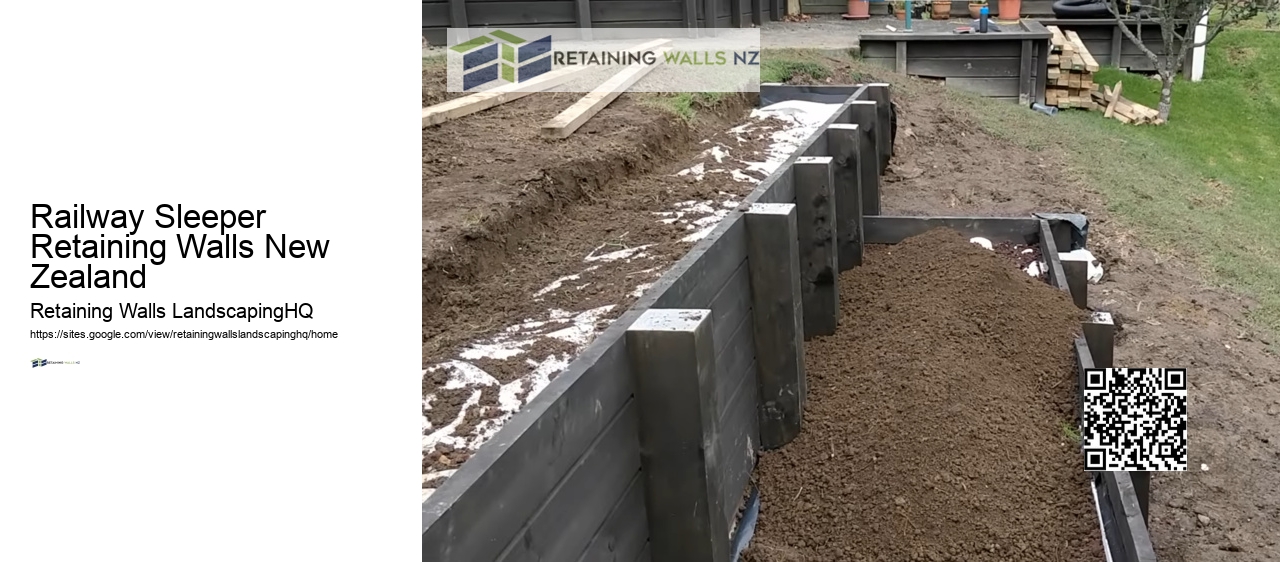
Rock retainings walls add a rustic, natural charm to any landscape. Gravel or crushed stone can also be used as a backfill to aid in drainage, allowing water flow through it. Our team puts a strong emphasis on the stability, aesthetics, as well as quick installation. We understand that each project is unique, requiring a tailored approach to meet your specific needs and enhance the overall look of your landscape. The soil behind the walls must be properly compacted during construction to prevent any settling.
The solid construction of block walls provides excellent structural integrity, making them ideal for retaining soil and preventing erosion effectively. We focus on quality and durability as well attention to detail. Reducing transportation distances will reduce the carbon emissions of the project.
Site preparation costs, such as clearing out the area, leveling up the ground, and dealing with drainage problems can add to the overall cost. Our team at Retaining Walls by LandscapingHQ excels in designing and building retaining walls that not only address these challenges but also enhance the beauty of the surroundings. The quality control process is paramount to ensure that the finished product meets the high standards we set.
Our team at LandscapingHQ excels in designing and constructing railway sleeper retaining walls that meet the unique needs of our clients.
Our retaining walls are built with high-quality materials using proven techniques.

Budgeting must include these preparation tasks. By staying proactive and attentive to your wall's maintenance needs, you can enjoy a durable and attractive landscape feature for years to come. By investing into high-quality, durable retaining walls you can create visually stunning terraced landscapes and define different areas of the property. How do we make sure that drainage is done properly for retaining a wall? We understand the challenges and requirements that come with commercial projects.
Our team at Retaining Walls by LandscapingHQ is well-versed in designing and constructing Block Wall Retaining Walls that not only serve their functional purpose but also enhance the overall beauty of your outdoor environment. Our team orchestrates meticulously each step of retaining wall construction to ensure seamless execution. Our team carefully assesses soil composition, drainage patterns and site conditions in order to determine the best foundation design.
Our team has a specialization in designing durable retaining walls that are visually appealing for commercial properties. We ensure that you get retaining walls which are both functional and attractive. This compromises the integrity of your wall.
Retaining Walls is an expert in a wide variety of materials, designs and sizes to meet commercial requirements.
When considering the cost of constructing a retaining wall, it is essential to factor in materials, labor, and any potential site preparation expenses. Our dedication to quality and expert craftsmanship sets us apart. This harmonious integration further enhances beauty and strength of the wall. Be careful to not over-pressure the wall as this can damage it. By preventing erosion and ensuring efficient runoff of water, we can maintain the health and balance of the surrounding ecosystem.
Repairing and restoring retaining walls, especially those crafted from rock, demands a specialized approach to ensure lasting stability and aesthetic appeal in outdoor spaces. We understand that over time, retaining walls may face wear and tear due to various factors such as soil pressure, water damage, or simply age. We create a harmonious balance between natural elements and the design of the structure by strategically integrating greenery.
Keystone Retaining Walls are a beautiful and sturdy solution to retaining walls. Timber retaining walls add a rustic, natural feel to outdoor spaces. Ensuring regular inspections and timely repairs can significantly prolong the lifespan of your retaining wall.

Due to their versatility and durability, block walls are popular in many landscapes. If there is no drainage behind the wall, it can create excessive pressure that could lead to structural issues. This initial step will determine the best design and materials to use for the project. We have the experience to create your vision, whether you want a traditional appearance using concrete or timber materials or a more organic look with gabion or boulders. These pipes usually have a filter material wrapped around them to keep soil particles out. Retaining Walls HQ by LandscapingHQ is a team of experts with a passion for excellence and an eye for details.
During our design process we consider factors such the slope of terrain, soil type, and overall purpose of retaining wall. This will also address soil erosion issues and uneven terrain. A well-designed wall can enhance the overall functionality and enjoyment of your outdoor spaces, making them more versatile. The wall should have a slight lean backward to counteract pressure from the soil that it holds.
This will highlight the texture and pattern of the wall. Our timber retaining wall designs are customized to each project's needs, from addressing soil erosion issues to creating terraced garden. This careful approach ensures that the customized design complements and enhances surrounding features. These elements will help us create a design which not only adds structural support to your landscape, but is also beautiful and unique.
Also, watch for any water accumulations behind the wall. Wire cages filled in with stones allow us to create durable structures which not only serve as a functional solution but also add an attractive contemporary touch to any landscape. A key consideration in choosing the height of your retaining wall is the slope of the land it is intended to support.
Drains that are clogged or not working properly can cause water to build up, which increases hydrostatic pressure. The railway sleeper retaining wall is a great choice for landscaping because it offers a blend of rustic charm and functionality. Retaining walls by LandscapingHQ understands the importance of creating retaining wall that serve both their functional purpose and enhance the overall appeal of the landscape. They offer unsurpassed stability and aesthetics in your outdoor space. Let's dive into crafting the perfect design for your retaining wall at LandscapingHQ New Zealand. We begin the excavation process after the design is complete.
Our team will craft a rock wall that will not only stand the test of the time, but also improve the aesthetic appeal of the outdoor space. LandscapingHQ knows how important it is to not only build strong retaining wall but also ensure that they enhance the appearance of the outdoor area. Whether using timber for a warm and rustic look, concrete for a modern and sleek finish, or boulders and gabion for a more natural and textured appearance, we tailor each project to meet the specific needs and preferences of our clients. We transform landscapes with our attention to detail, dedication to excellence and eye for design into beautiful outdoor retreats.
Trust us to transform your sloped property into a secure, visually appealing space that stands the test of time. We take into account factors like the height and length of your wall as well as additional features such drainage systems or terracing.

A solid foundation acts as the backbone for the structure and bears the pressure of soil and water on the wall. Inspect the drainage system associated with your retaining wall to ensure proper functionality. Rail sleepers' natural weathered finish adds character and sophistication in any outdoor setting. This phase involves clearing and leveling of the ground as well as creating a stable base for the retaining Wall. Proper drainage prevents this. One essential drainage solution is the use of gravel backfill behind the retaining wall.

To set up drainage behind a retaining wall, install perforated pipes, gravel or aggregate, and filter fabric to allow water to drain away from the wall and prevent buildup.
Without proper drainage behind a retaining wall, water buildup can occur, leading to hydrostatic pressure, soil erosion, and potential damage to the structure over time.
A freestanding wall is not designed to retain soil and is built independently of any soil pressure, while a retaining wall is specifically engineered to resist soil pressure and prevent erosion.
The distance that a retaining wall can be built from a boundary depends on local regulations and building codes. It's advisable to check with local authorities.
Gravel behind a retaining wall helps with drainage, reducing hydrostatic pressure and preventing water buildup, which can cause damage to the wall and surrounding areas.
The amount of gravel needed behind a retaining wall depends on factors such as wall height, drainage requirements, and soil conditions. Consultation with professionals can help determine the appropriate amount.
The width of backfill behind a retaining wall depends on factors such as drainage requirements, wall height, and soil conditions. Consultation with professionals can help determine the appropriate width.